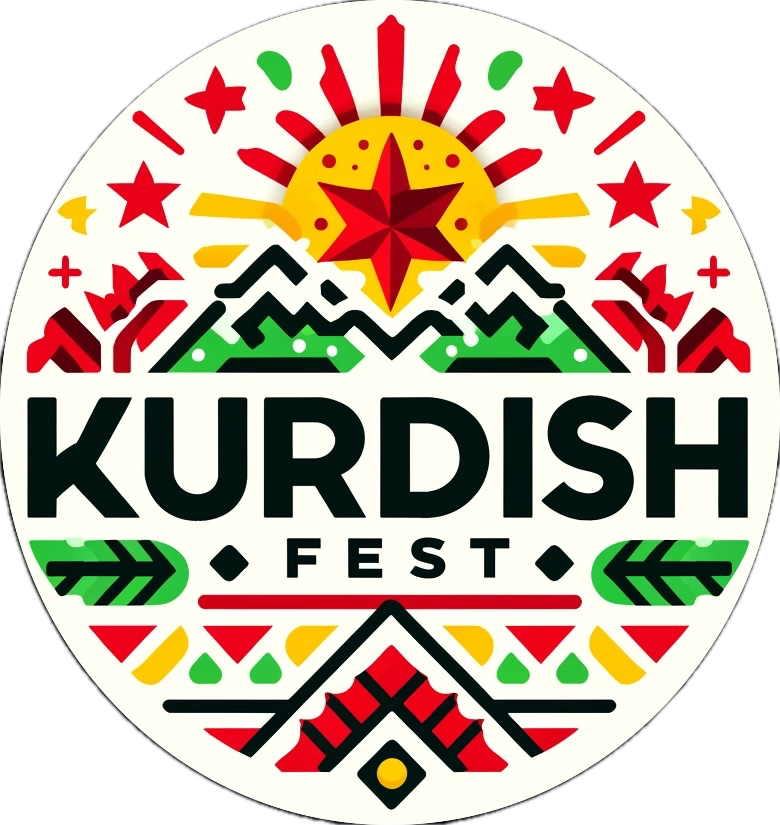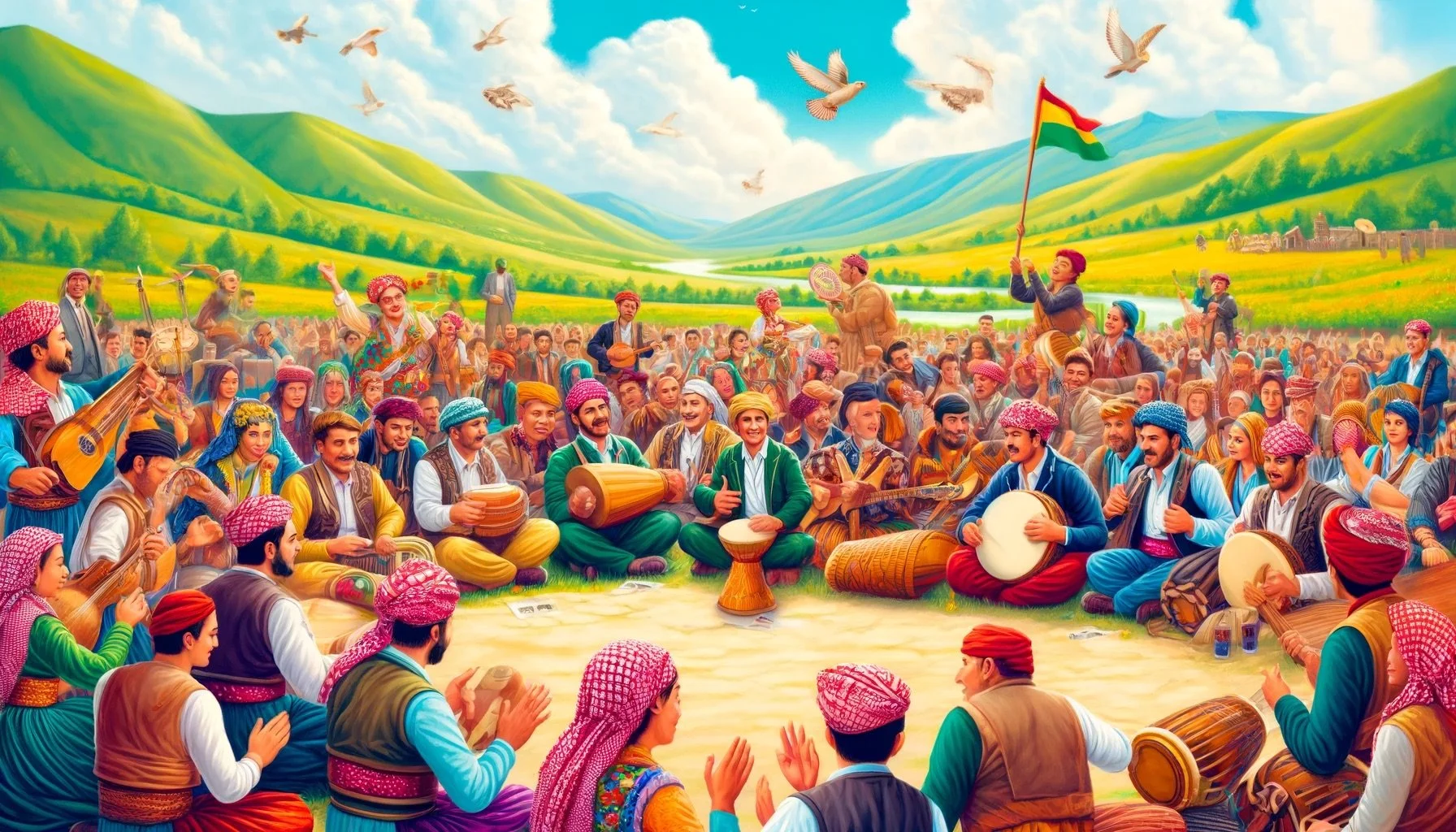The Significance of Newroz in Kurdish Culture
Introduction: Newroz, also known as the Kurdish New Year, is the most significant and widely celebrated festival among Kurds. Taking place on March 20th, it marks the arrival of spring and symbolizes new beginnings, cultural pride, and the unity of the Kurdish people.
Historical Background: Originating from ancient Persian traditions, Newroz has been celebrated for thousands of years. It is rooted in Zoroastrianism and has evolved into a symbol of Kurdish identity and resistance.
Cultural Practices: During Newroz, Kurds engage in various traditional activities such as:
Bonfires: Lighting bonfires on the eve of Newroz is a common practice, symbolizing the end of darkness (winter) and the arrival of light (spring).
Dancing and Music: Traditional Kurdish dances, known as govend, are performed in vibrant circles to the tunes of traditional instruments like the daf and saz.
Special Foods and Attire: Families prepare special dishes and wear new clothes, often in traditional Kurdish styles, to mark the occasion.
Regional Variations: While the core elements of Newroz are consistent, celebrations can vary regionally. For instance, in some areas, pottery smashing and the display of spring flowers like tulips and hyacinths are customary.
Why Newroz Matters Today: Beyond its historical and cultural significance, Newroz continues to serve as a time for Kurds to gather, celebrate their heritage, and assert their cultural identity in the face of various challenges.
Conclusion: Newroz is more than just a festival; it is a reaffirmation of Kurdish heritage and unity. Celebrating Newroz at KurdishFest allows attendees to immerse themselves in these rich traditions and experience the vibrant culture of the Kurdish people.



